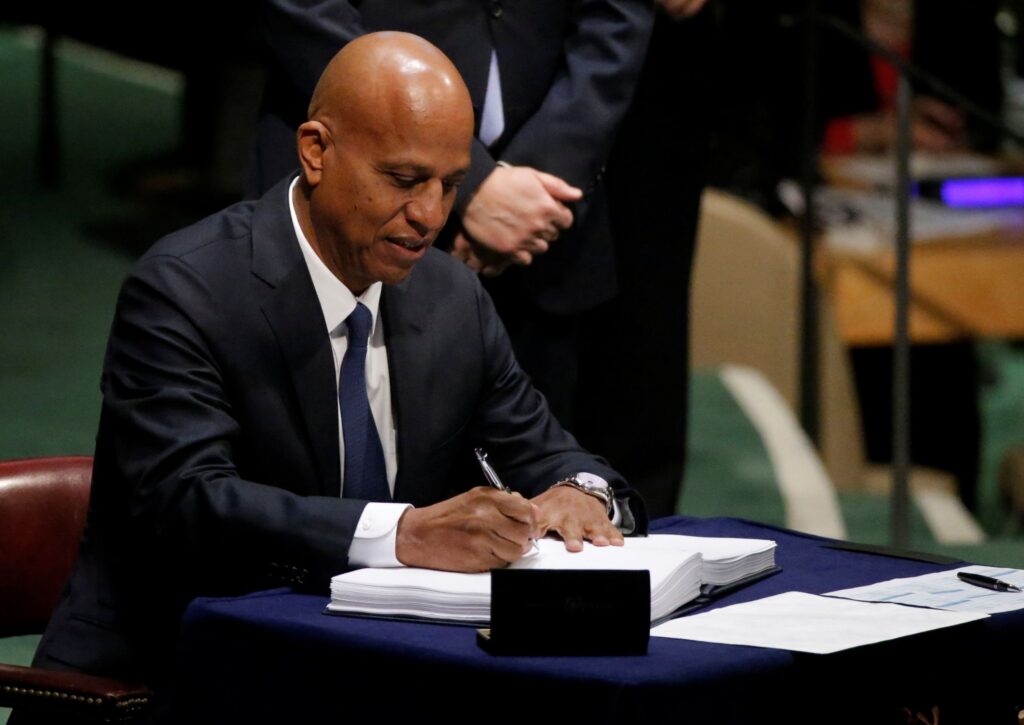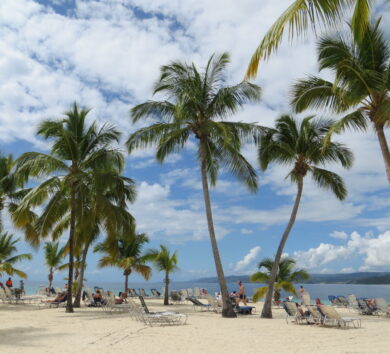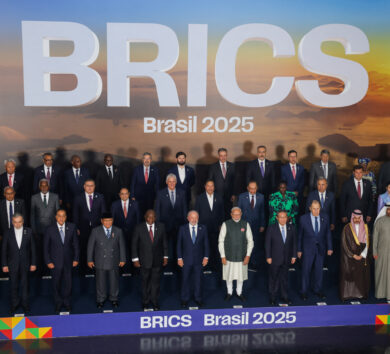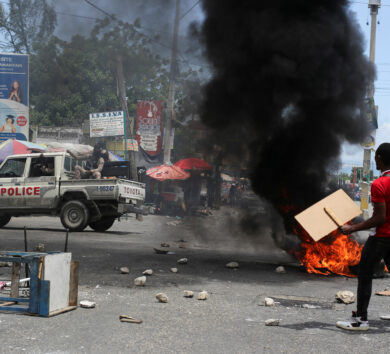

The Ministry of Finance in Belize is painting a bleak and depressing picture for Central America’s lone English-speaking country, which suffers from the region’s most burdensome debt crisis.
The ministry, which released its preliminary analysis into the state of Belize’s economy on Thursday (February 11), found that the CARICOM member state may not have the wherewithal to withstand any further economic shocks.
Among them, the John Briceño-led administration cited a massive overspending problem by the previous government, paired with income shortfalls, a ballooning unemployment rate and unsustainable multilateral loan practices.

According to the Ministry of Finance, average income per person (real GDP per capita) fell steadily since 2008, from US$7,412 then to $7,040 in 2019. GDP per capita in Belize further plummeted 17 per cent amid the coronavirus pandemic (COVID-19) in 2020 to $5,843.
“The dramatic fall in average income per person to US$5,843 in 2020 has reduced our income levels to as low as it has been way back in 1992, over 28 years ago,” the government agency disclosed.
The Ministry of Finance noted that unemployment nearly tripled last year, rising from 10.4 per cent to 30 per cent at the end of 2020.
At the same time, underemployment across Belize also increased from 22.7 per cent to 38 per cent—with almost 68 per cent of the labour force left looking for work.
“Belize’s unemployment rate is more than triple the average unemployment rate throughout the Caribbean and more than quadruple that of Central America,” the ministry indicated.

Adding to the country’s woes, government revenues fell by almost 30 per cent or over US$300 million in 2020.
The United Democratic Party (UDP) government was fingered for “heightened spending coupled with revenue shortfalls [which] led to financing requirements of over half a billion dollars in 2020”.
So dire is the Belizean situation, that the Caribbean nation has consistently spent more than it earns for more than a decade, which sent the debt-to-GDP ratio skyrocketing.
“At 134.1 per cent, Belize now has the highest debt-to-GDP ratio in the entire Caribbean and Central American region,” the ministry said.
“It took four successive administrations from independence to 1998 for the government to accumulate US$700 million of debt while it took the last government one year to rack up financing requirements of over $500 million in 2020,” the ailing agency added.

“Since 2008, government debt has increased by almost US$2 billion with domestic debt more than tripling from $333 million to $1.3 billion and external debt, other than the superbond, more than doubling from $830 million to $1.77 billion,” the ministry remarked in its preliminary analysis.
The ministry found that 36 cents out of every dollar spent on government expenditures were borrowed to make payments; another 83 cents out of every dollar of government revenues were spent on wages, salaries and pensions—all while wages and salaries have almost tripled from $234 million in 2008 to $684 million in just 12 years.

Former Prime Minister Dean Barrow and two other high-ranking officials of the previous government have been summoned by a just-formed Commission of Inquiry on Monday, February 16. The commission will investigate whether Barrow knowingly approved the flash sale of state-owned assets between October 2019 and November 2020.
See related story below:







Comments